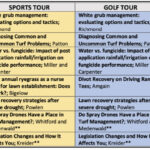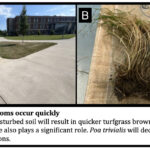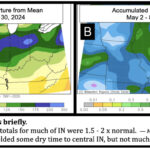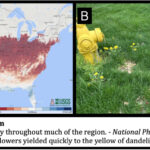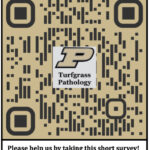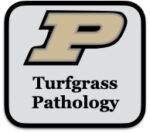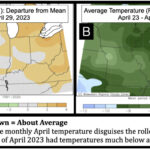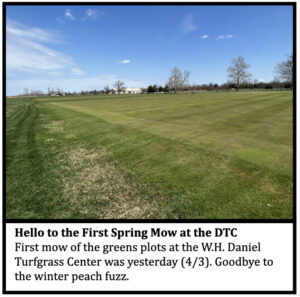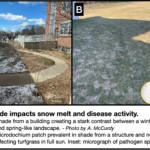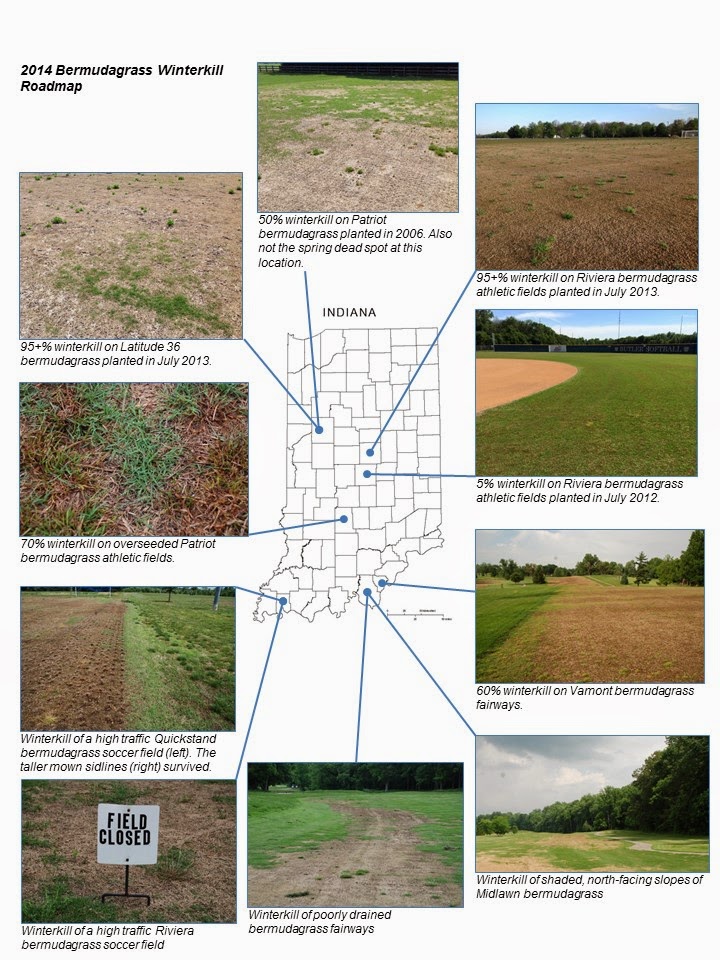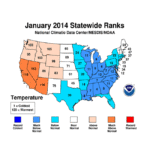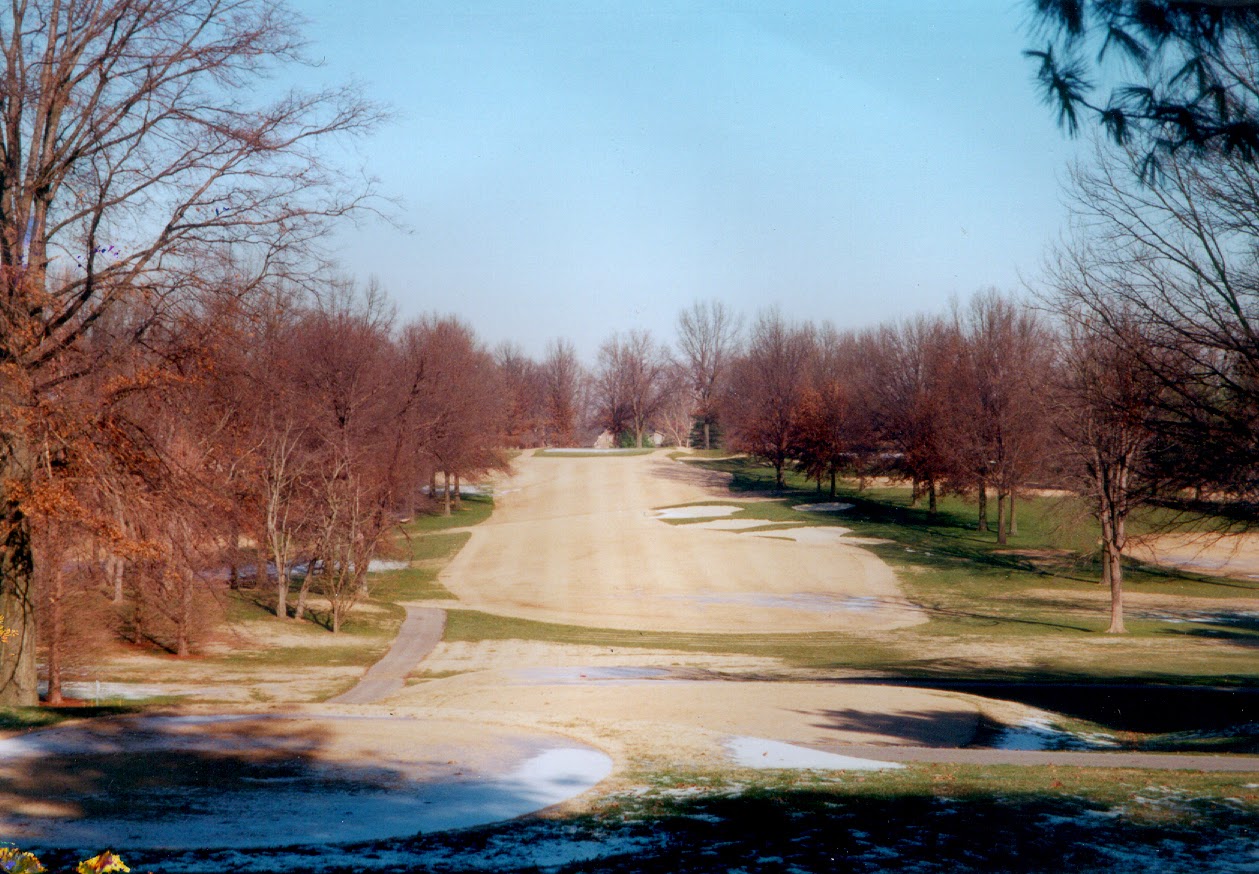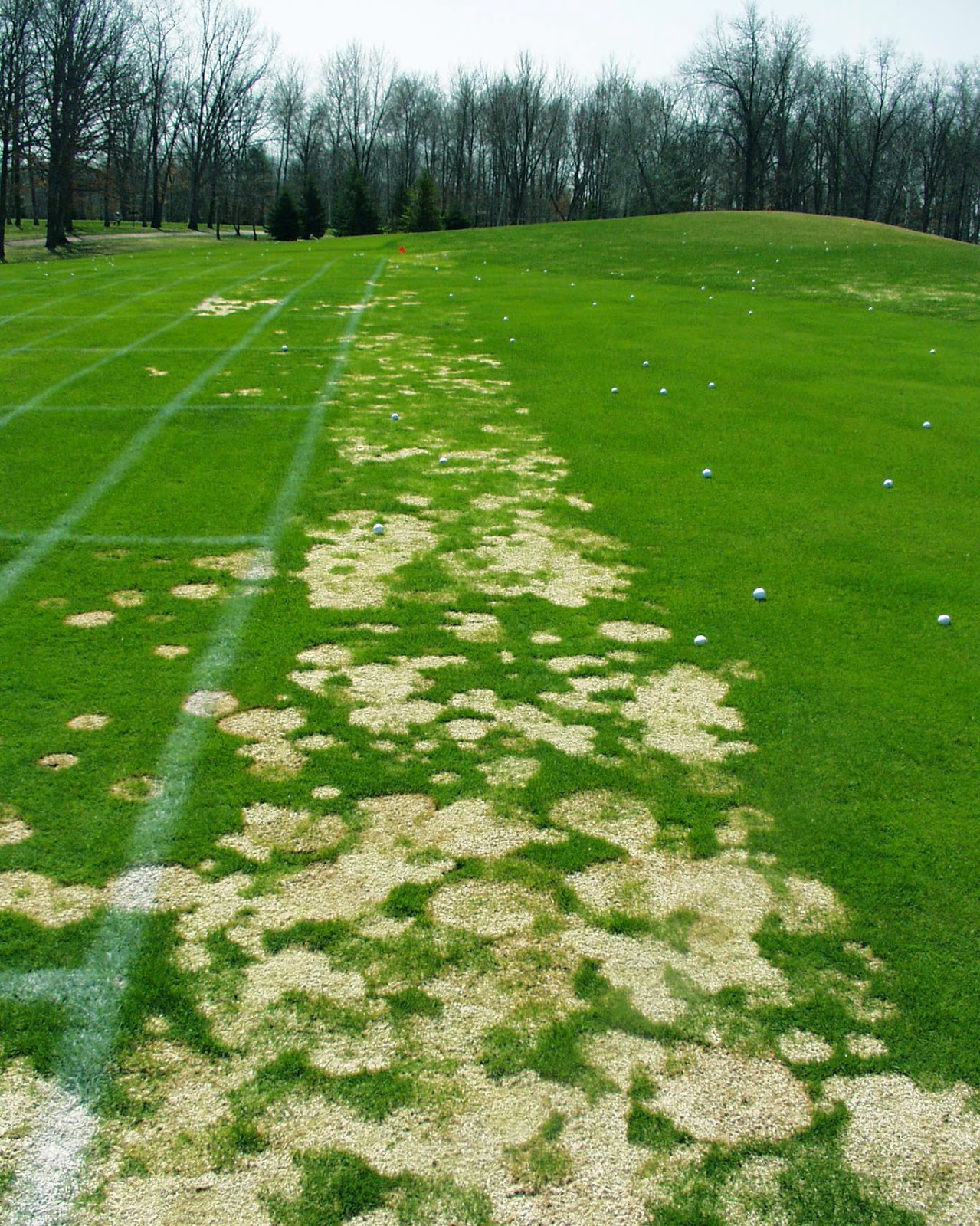Category: Disease Control
July 12, 2024: Beryl Brings Post 4th Fireworks
Beryl sparks disease activity; Brown patch/Pythium combo on tall fescue; Anthracnose pressure intensifies; Waitea/Rhizoctonia patches form on Poa; Field day next week. Purdue Turfgrass and Landscape Field Day – Next Tuesday, July 16th! The Purdue Turf and Landscape Field Day is next week on Tuesday. We will have a large number of topics ranging from […]
May 28, 2024: The Engines have Started
Diseases push on the throttle; 1st observation of brown patch on tall fescue; annual bluegrass weevil damage on bentgrass surrounds; foliar anthracnose and localized dry spot on putting greens. * I need a moment to recognize the passing of David Riedman, superintendent at Woodland […]
May 9, 2024: Pathogens Pecking
Spring prep is done; Lawns: Seedhead season; Straight lines normally don’t = disease. Golf Putting Greens: Dollar spot rings in the season; Anthracnose inoculum building and soilborne pathogens lurking. Registration for Purdue Turfgrass & Landscape Field Day open! Weather The 2024 spring oven must be gas lit because it preheated quickly. This spring remained 2-3 […]
April 11, 2024: Soggy Spring
Highlights: Wet start to spring = lawns – powdery mildew & fret over wet mower tires; focus on soilborne diseases on golf putting greens. Weather Forgoing May in the popular poem, April showers along with warm temperatures have spurred many spring flowers. Up through middle Indiana, forsythia has fast given way to blooming dandelions, henbit […]
August 16, 2023: Think Tank
Highlights: Final few weeks until the respite of September; consider seeding instead of treating lawns; yellow spots in bentgrass; too many trinkets in the spray tank? Weather Mild, seasonal temperatures have dominated the landscape over the past month. Indianapolis has experienced four days above 90 F in June, three in July, and one thus far […]
May 29, 2023: Attention to Summer Disease Prevention
Highlights: Turfgrass disease prediction tool launches; drought stress on the horizon; disease season on cool season turfgrass starts with dollar spot and red thread/pink patch outbreaks; large patch on zoysia and bermudagrass and fertilization; prevention due for Pythium root rot, summer patch and other soilborne diseases; localized dry spot in dew patterns. Turfgrass Disease Prediction […]
May 2, 2023: Spring Temperature & Plant Growth Rollercoaster
Weather Although the monthly average will be in line with history, April temperatures were a wild swing of early highs and late lows that met in in the middle. In Indianapolis, the historical average for April is 53.6℉ and the 2023 average was 54.2℉. However, 7 days from April 1-15 were 10 degrees above average […]
Disease Report #1: Signs of Spring Abound
First disease report of the 2023 season from the Purdue Turfgrass Pathology program. Highlights include prevention of large patch and soilborne diseases on golf putting greens and mowing tips for spring lawncare. Hello everyone, and welcome to the first installment of the Purdue Turfgrass Pathology Disease Reports. I, and on occasion a guest author, will […]
A Cold Mold that Craves the Shade
Pink snow mold is a disease caused by the fungal pathogen Microdochium nivale (syn. Monographella nivalis) that is being observed in middle and northern Indiana this late winter. The pathogen is termed psychrophilic, or cold loving, due to its propensity to grow and infect in colder temperatures. The disease can be particularly severe on unfrozen […]
Look Below Before Blaming Above
Recently, home lawns have been maligned in several media outlets as a waste of time and resources. Mismanagement by using too much water or misplacing fertilizer may compound the issue by straining environmental resources or serving as pollutants. While not going into all the defenses for turfgrass use on home lawns, (remember “right plant, right […]
Lawn Diseases 2016
The summer of 2016 has been quite favorable for the development of an assortment of infectious diseases on residential turf. The primary driver of all of this disease activity is the weather. In the lower Midwest, the combination of elevated temperature and ample precipitation since the beginning August of has spawned outbreaks of brown patch, […]
More fungicide applications for snow mold control?
Over the past two weeks I received many calls regarding the mild conditions and concerns about effectiveness of fungicide applications for snow mold control. The major question is whether or not to make another application at this time. Consider he following: The snow mold of concern here in Indiana is pink snow mold, aka Micodochium […]
Winterkill Here on Bermudagrass! Now What?
This winter has resulted in significant winterkill on bermudagrass throughout the nation and Indiana was not an exception. Brutally cold temperatures, coined as the polar vortex, swept through the country in early January with many other subsequent cold days and nights to follow. The below link summarizes the damage that I have observed this spring, […]
Cool-Season Turf Winterkill: Potential Losses and a Pathway to Recovery
This winter has been cold and long. From December 2013 through February 2014, Indiana had it’s 9th coldest winter on record and its coldest since 1979, 1978 was coldest on record (Fig. 1). With such cold temperatures, many are worried about winterkill. Fig. 1. In the past 120 years, this was the 9th coldest […]
Warm-season Turf Winterkill 2014: What Can you Expect and NOW WHAT?
With colder than normal temperatures in Indiana this winter, we are anticipating some minor winter damage. To help prepare for this we are publishing a three part series on this topic to help turfgrass managers prepare for what may await them in the spring. Look forward to the following topics over the next week. Part […]
Snow Molds in the Winter of 2013-14
From a turf disease perspective, evidence of the severity of this winter is apparent in the extent of snow mold development. Symptoms of Typhula snow molds (gray snow mold and speckled snow mold), and/or pink snow mold are obvious throughout Indiana and the Midwest. Typhula snow mold pathogens are adapted to grow and infect at […]
Rust Disease – 2013
The 2013 rust disease outbreak seems to have arrived a little earlier than usual. My thoughts about the current rust epidemic are intended for lawn care professionals, who must address reasonable questions from their clients. Most professionals are very familiar with the basics of rust disease. To briefly review from the 2013 perspective–the ample precipitation […]
